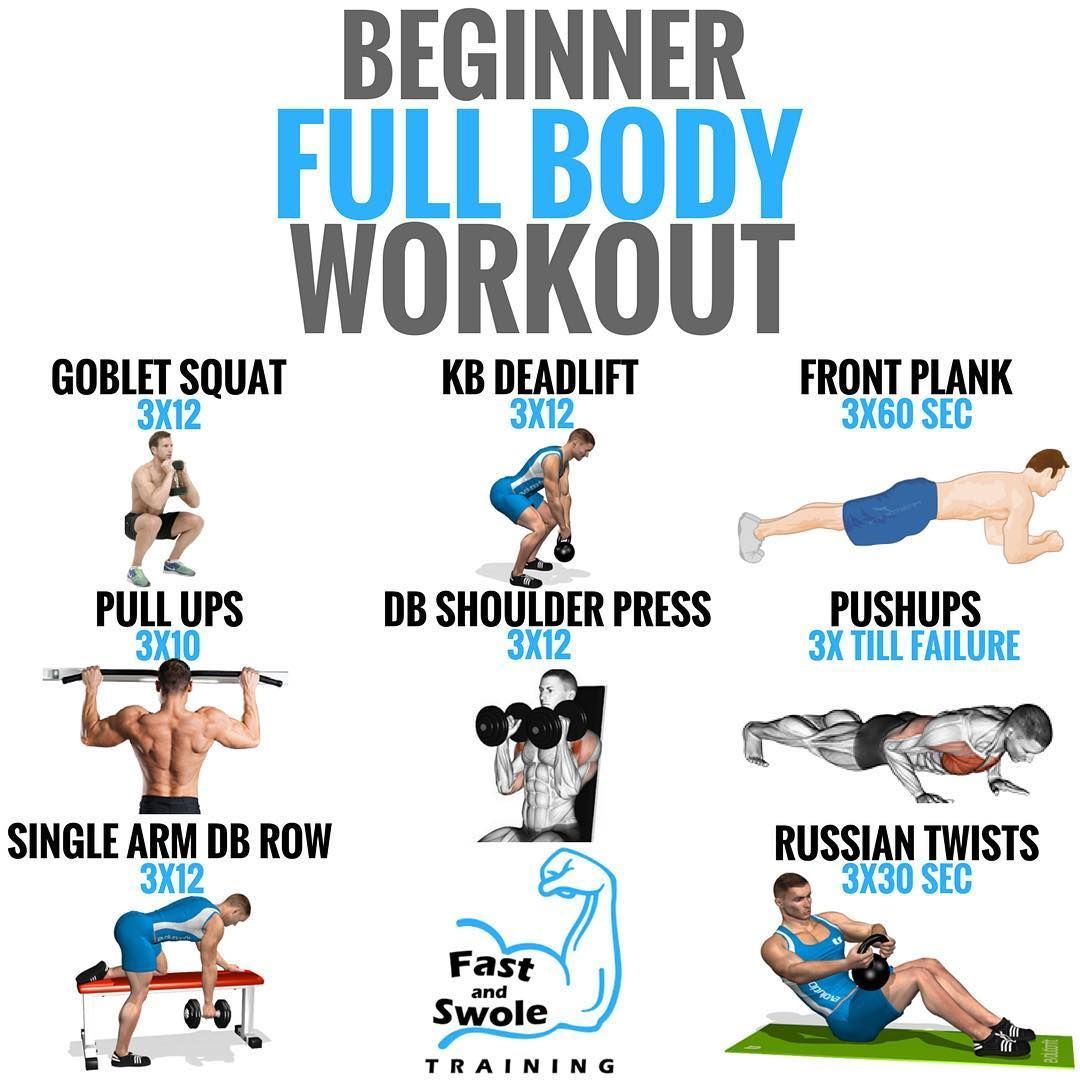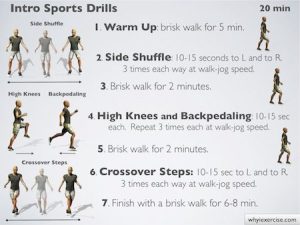
Strength training is a powerful method to improve overall fitness, increase muscle mass, and boost metabolism. It involves working out with weights or resistance to challenge your muscles and promote strength development. If you are new to strength training, this complete guide will provide you with the necessary information to get started on your journey towards becoming stronger and healthier.
Benefits of Strength Training
1. Increased Muscle Strength: Strength training helps to gradually increase your muscle strength by improving muscle structure and function.
2. Enhanced Bone Health: Regular strength training can contribute to increased bone density and reduce the risk of osteoporosis.
3. Weight Management: Strength training enhances metabolism, leading to increased calorie burn even when at rest. This can aid in weight management and fat loss.
4. Improved Posture: Building muscle strength can help correct postural imbalances and maintain a proper alignment of the spine.
Getting Started
Before diving into a strength training routine, there are a few key points beginners should keep in mind:
1. Consult with a professional: It’s important to consult with a qualified fitness professional or personal trainer to determine the best exercises and techniques for your specific goals and physical condition.
2. Start with light weights: Begin with lighter weights to focus on proper form and minimize the risk of injury. Gradually increase resistance as your strength and experience grow.
3. Warm up and cool down: Always start your workout with a dynamic warm-up to prepare your muscles and finish with a cooldown to aid recovery and prevent injury.
Basic Exercises for Beginners
1. Squats: Squats are one of the most effective exercises for building lower body strength. Stand with your feet shoulder-width apart, lower your body by bending the knees, and push back up through your heels. Repeat for the desired number of repetitions.
2. Push-ups: Push-ups target the chest, shoulders, and arms. Begin by placing your hands shoulder-width apart on the floor, extend your legs back, and lower your body until your chest is just above the ground. Push back up to the starting position and repeat.
3. Lunges: Lunges work the lower body muscles, including the quadriceps, hamstrings, and glutes. Step forward with one leg, lower your body until both knees are bent at a 90-degree angle, then push back up to the starting position. Alternate legs and repeat.
4. Dumbbell Rows: Dumbbell rows target the back muscles. Place one knee on a bench, lean forward, and hold a dumbbell in one hand. Keep your back straight and pull the dumbbell up towards your chest, then slowly lower it back down.
Tips for Progression
1. Gradually increase intensity: As your muscles adapt, it’s essential to progressively increase the intensity of your exercises. This can be done through adding more weight, increasing repetitions, or shortening rest periods.
2. Focus on form: Proper form is critical to avoid injury and maximize the effectiveness of each exercise. Concentrate on maintaining good posture, engaging the correct muscles, and performing each movement with control.
3. Rest and recover: Allow your body enough time to rest and recover between strength training sessions. This will help prevent overtraining and promote muscle growth.
Conclusion
Strength training is a fantastic way for beginners to improve their physical strength, build muscle, and enhance overall health. By following the guidelines in this complete guide, you can embark on a safe and effective strength training journey that will bring you closer to your fitness goals.

